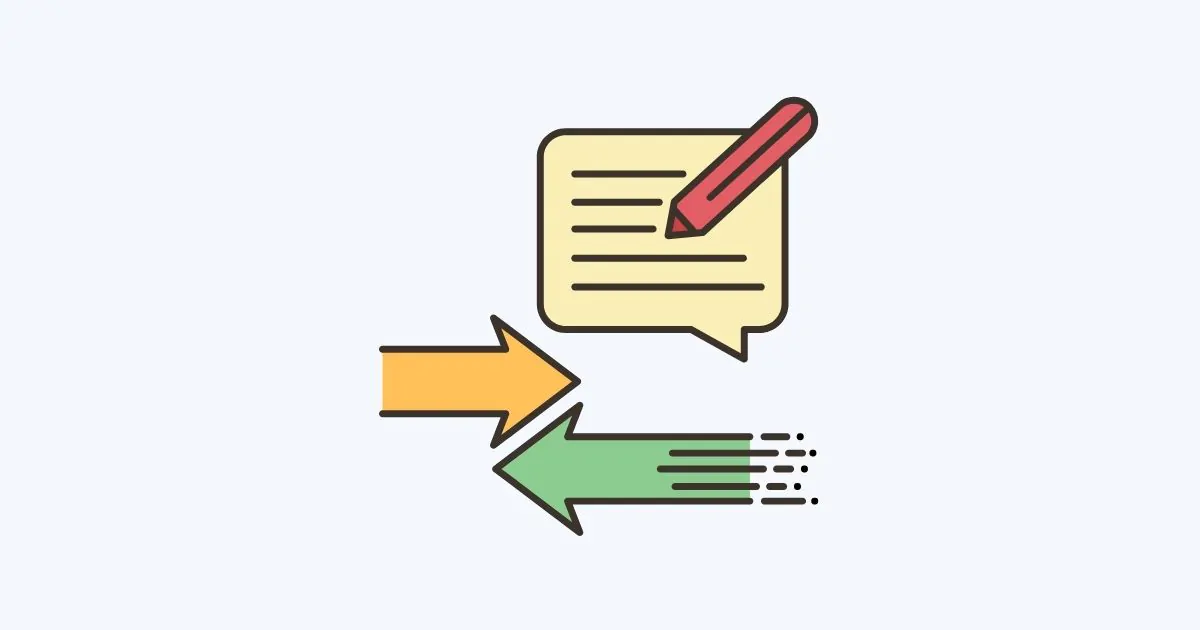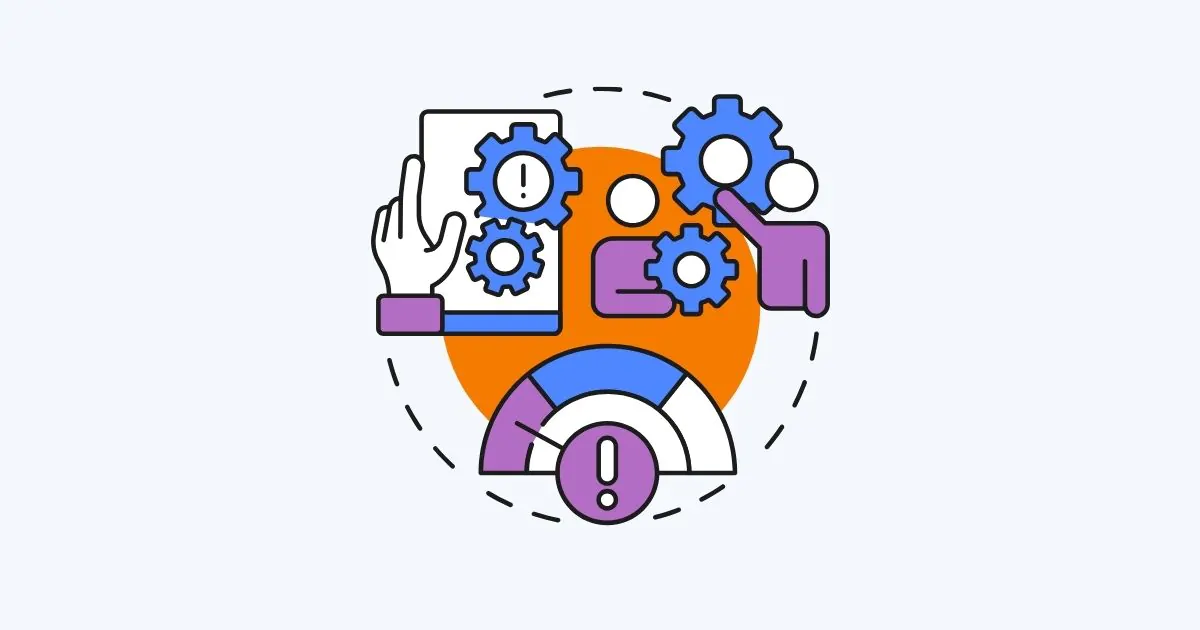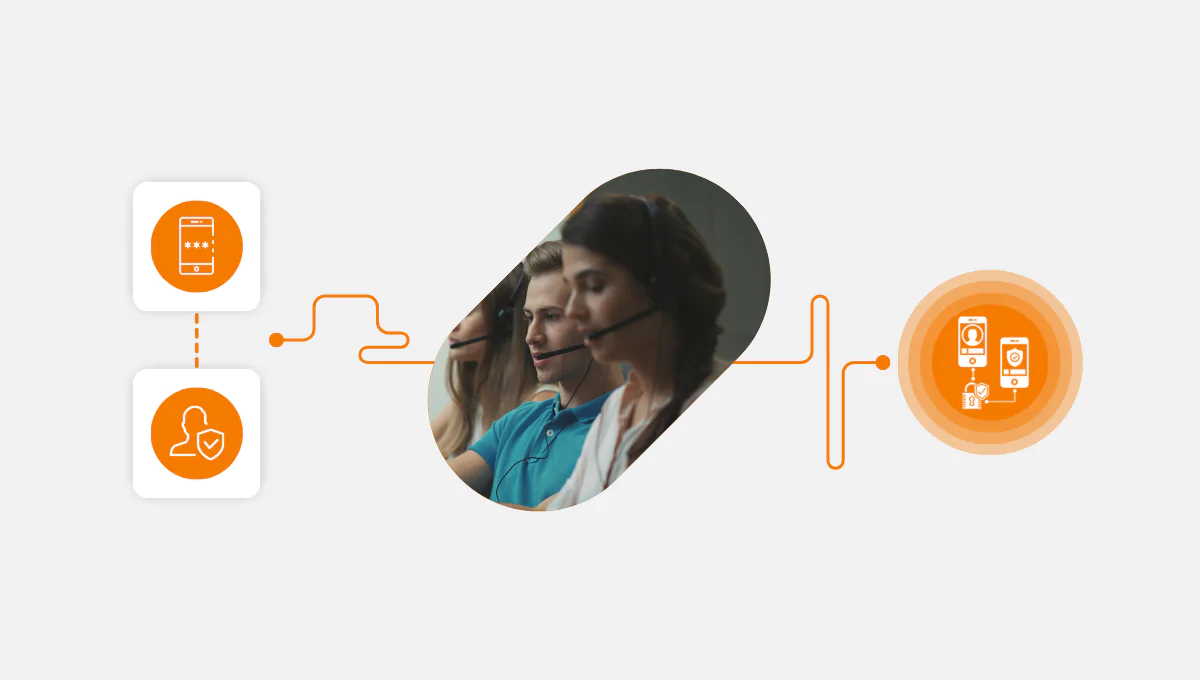Customer service is a quick-paced business. That’s why Average Speed of Answer (ASA) matters so much. It shows how fast call centers pick up when people ring. ASA impacts how happy customers feel and hints at how well places run. This piece by Call Center Studio is about ASA. It will include talk numbers, standards, and ways to improve. It’ll also hit how tech boosts experiences for folks calling for help.
ASA isn’t just about stats. It shapes how customers view companies. Quick answer times keep folks happy. Slow responses do the opposite. Using cloud call center software, call centers stay on top of ASA. Solid ASAs also mean smooth operations behind the scenes. So managers take note to catch problems early.
We will break down how to calculate ASA. We’ll look at industry benchmarks too. Lastly, we will share methods to bring ASAs down. Tech plays a role in speeding response times. But good practices matter too. Applying both is how call centers can ace their service games. The goal is to wow callers each time the phone rings.
Understanding ASA: What is Average Speed of Answer?
Average Speed of Answer, or ASA, measures how quickly your customer service folks pick up the phone. It starts ticking when the call enters the waiting line. It stops when an actual human answers. So it shows how long customers have to hang around before getting help.
A good ASA means your team responds to issues fast. A bad one means callers get frustrated. Because they spend too much time on hold. So paying attention to it matters if you want customers to feel like you value their time. Slow ASA tends to push people to take their business elsewhere.

What is the industry benchmark for average speed of response?
Industry targets for average answer speed (ASA) differ a lot between industries. It depends on stuff like how many calls you get. Or how complex the questions are, and how many people you’ve got answering phones. Usually somewhere from 20-30 seconds is decent for a customer service place. But companies seek to get that number lower so people don’t have to wait too long. Picking up the phone quicker makes customers happier overall.
Measurement and Calculation of ASA
Calculating the Average Speed of Answer (ASA) is pretty straightforward. Take the full amount of time customers waited on hold for their calls to be picked up. And divide that by the number of calls answered over a certain period. It gives cloud contact centers a clear metric to see how fast they’re responding to calls. So, they can figure out if changes are needed in staffing or call routing.
Impact of Average Speed of Answer on Customer Experience
The longer customers wait, the more ticked off they get. Who likes sitting around staring at the clock while canned-hold music plays? Swift answers keep the customers satisfied. And happy customers come back and tell their friends about your excellent service.

Strategies to Improve ASA
Improving call center service needs by looking at a couple of key areas. They include getting the right number of people and sending calls to the right teams. Centers can put in a phone menu system that walks customers through options. This can help them take care of some calls without needing an agent to talk to the customer. This gets more done with the same number of people. For more on leveraging IVR systems, visit Call Center Studio’s IVR page.
Best Practices and Case Studies Related to ASA
Improving call center efficiency is an ongoing process. Companies would benefit from keeping close tabs on busy calling periods. This way, they can schedule adequate staffing. Aided by Call Call Center Studio, Call centers can offer self-service features. These can be automated menus or FAQ web pages. This can reduce wait times. Regularly coaching employees on best practices optimize their ability to resolve issues quickly. Advanced analytics using AI might help predict future call volumes, too. Tweaking approaches based on performance data assist with bolstering operations over time. There’s always room for progress when interacting with customers via cloud call center software.
There are really interesting examples of companies working to improve the speed at which they respond to calls. Blue Cross Blue Shield of Massachusetts did some smart things. They measured how often they resolve issues on the first call. By focusing there, they made their service way better even as call volumes went up. And they didn’t even need to hire more people.
Another neat case is how the Mayo Clinic made changes to help reduce wait times. They used simulation and optimization methods. The results were huge. They sped up response times by 70%. And this was while appointments requested were up 12%! It just goes to show that rethinking processes can lead to way faster service.




